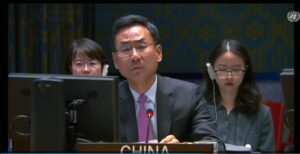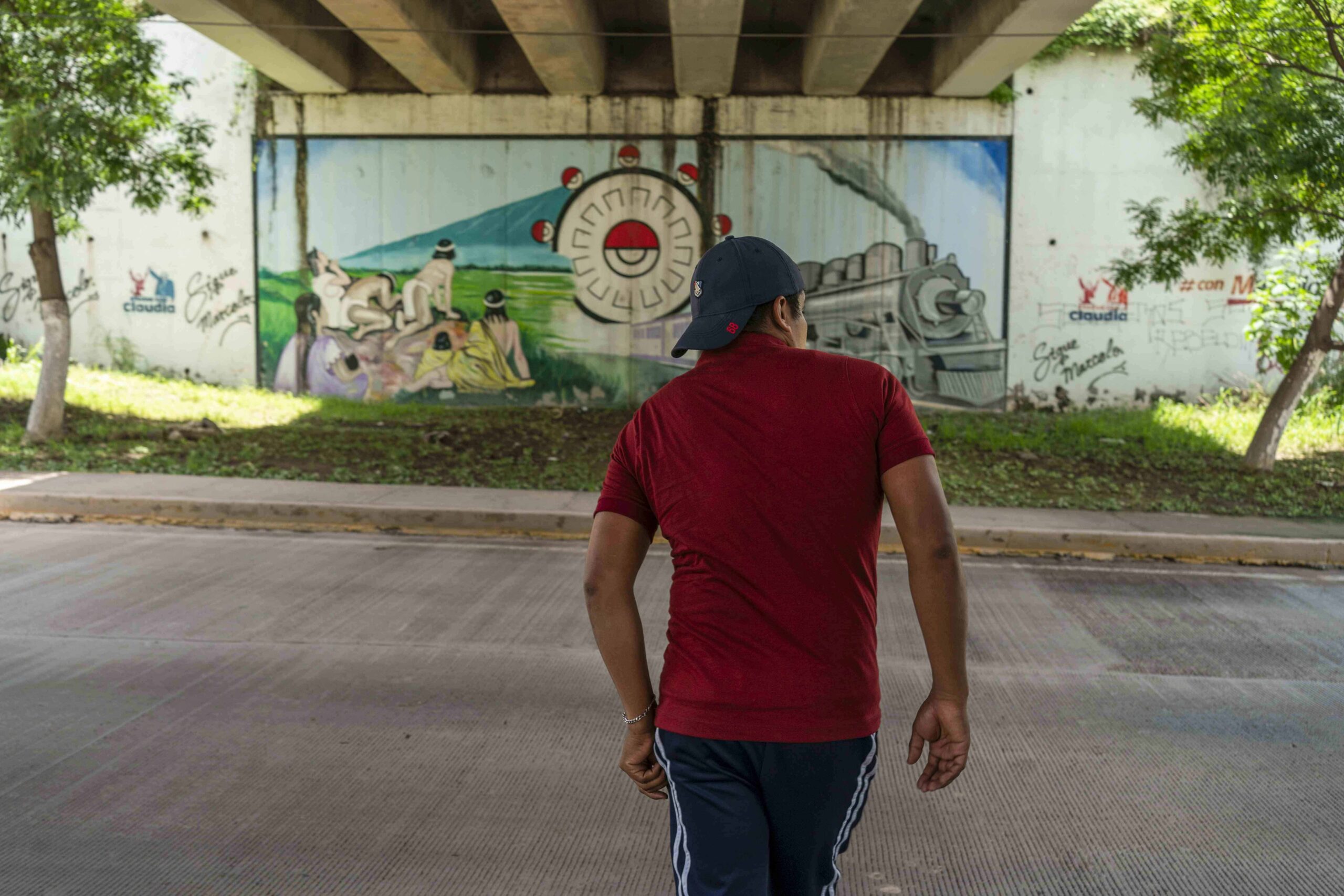
Ulysses Martinez He is not comfortable moving around Iguala, the Mexican city where 43 of his family disappeared 10 years ago. companions from the Ayotzinapa Rural Normal School.
That night, a hundred students They had just taken five buses in Iguala when they were attacked by police officers linked to the crime organized. Almost half of them were detainees at different points and then disappeared. In addition, there were six dead and more than 40 injured.
The violence continued against those who remained and against about thirty students who came as support, like Martinezwith several shootings at different times that turned the city in the state of Guerrero into hell.
Martinez I was 20 years old that night, I was a third-year student at Ayotzinapa and I knew how to act in the crashes with the police.
He agreed to return to the places where he was on the night of September 26, 2014, committed to doing so justice for a crime still unresolved.
This is your count of the facts.
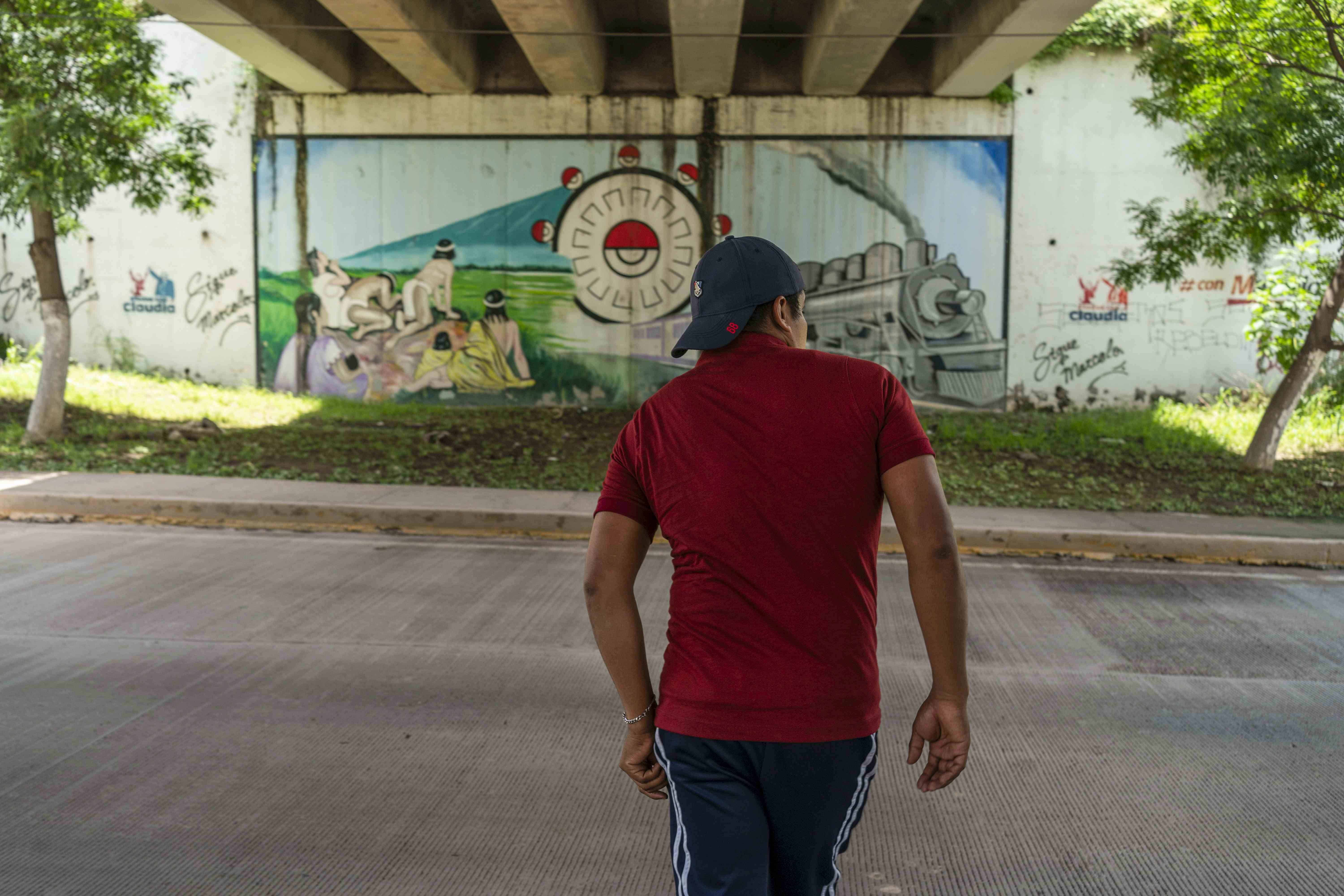
9:30 pm
They begin to hit the doors of the bedrooms because the companions who went to Iguala have problems. Martinez He grabs his cell phone and a shirt to cover his face and gets into one of the two vans that leave for that city, 120 km north of the school.
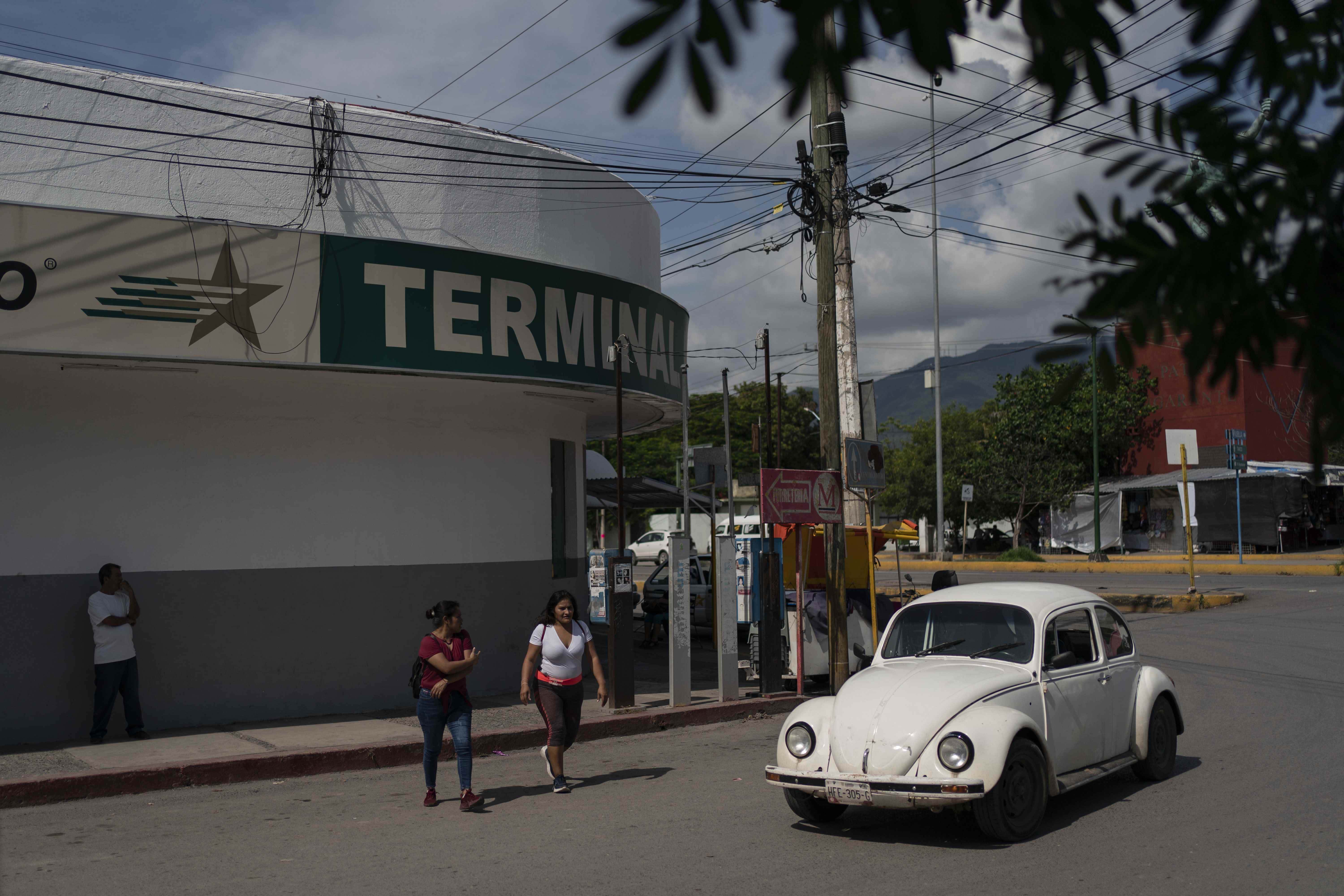
10:00 pm
The road It is empty. At a crossroads, about 15 km from Iguala, there is a truck crossed with men armed“When we saw that, we knew it wasn’t going to be easy.”
The student driving nervously asks what to do. Martinez Hear how they load cartridges. They aim at them. “We’ll stay here,” think“Why did I come?”
The driver accelerates and passes the checkpoint. No one can explain why they are not they shoot. “I called the normal and told them ‘don’t come… There are drug dealers“’”.
The cell phones burn among the companions those who ask for help and those who want to know what is happening.

10:20 pm
As you pass under the bridge next to the Palace of Justice, at the entrance to Iguala, you see a bus empty: “Wrecked, flat tires, open trunks, broken windows.” They see that he is one of those who took their companions but they don’t stop.
The truck continues at full speed towards the terminal of buses. They come across five or six students first running in the same direction. They recognize them by their shaved hair. When they turn around to pick them up, they have disappeared.
Days later, they They count who fled into the mountains because a patrol was approaching. They were in a bus who stopped near the one they saw destroyed and were forcibly removed by federal police.
That was the so-called fifth bus which was never located and which, according to the Truth Commission, they took by mistake without knowing that it could carry drugs or money.
The videos from the security cameras of the Palace The Justice Department never appeared, but investigators confirmed the participation of federal agents and that, a few meters from that bridge, there was a soldier on a motorcycle taking photos. At this place a group of the suspects was arrested. students missing.
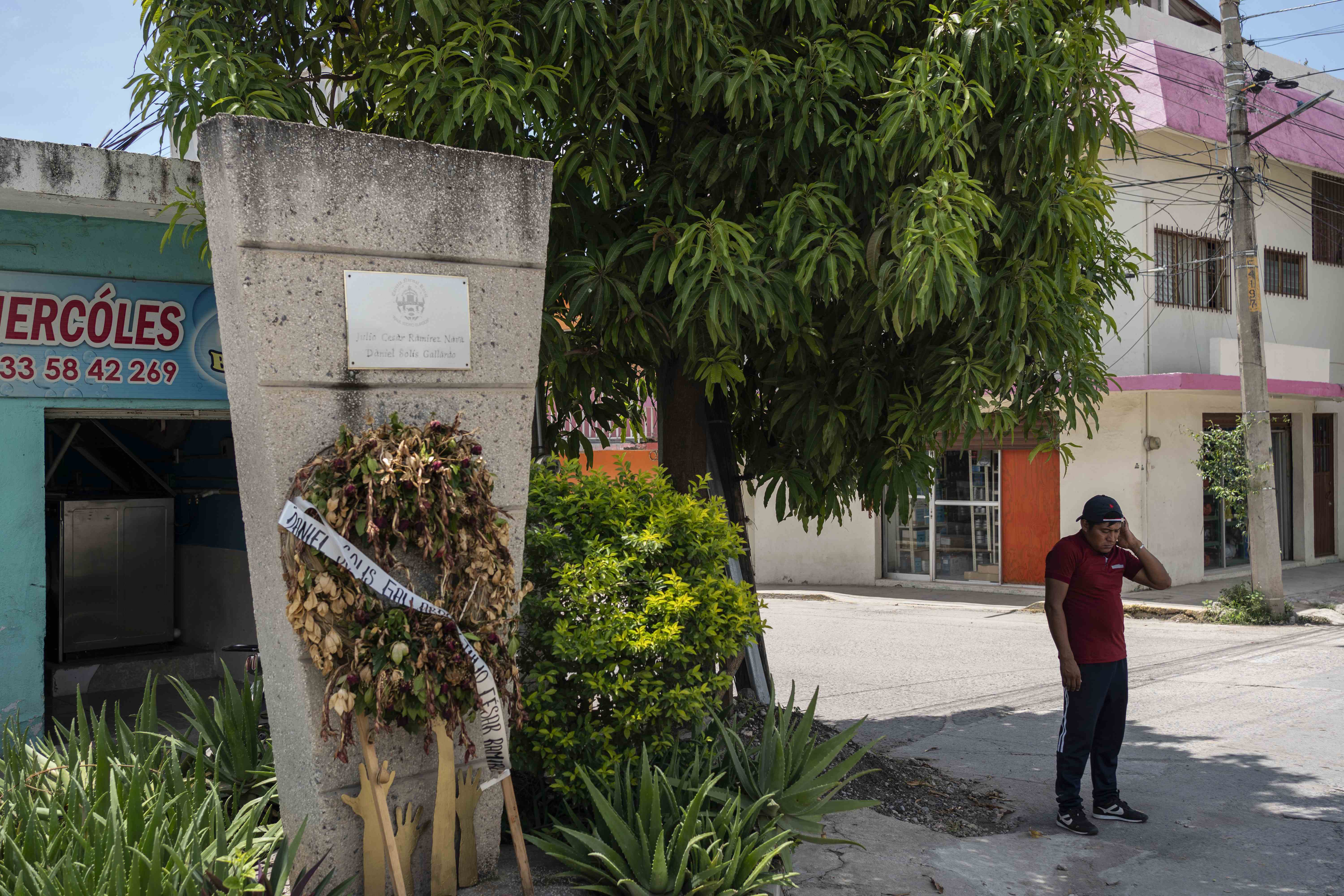
10:30 pm
They arrive at the terminalThey ask about the place where their companions They gave them a reference of where they are. The taxi drivers say that they are forbidden to go there. As they already know that there are students detaineesthey consider the possibility of capturing police officers to exchange them but they discard the idea immediately due to the level of violence that they perceive.
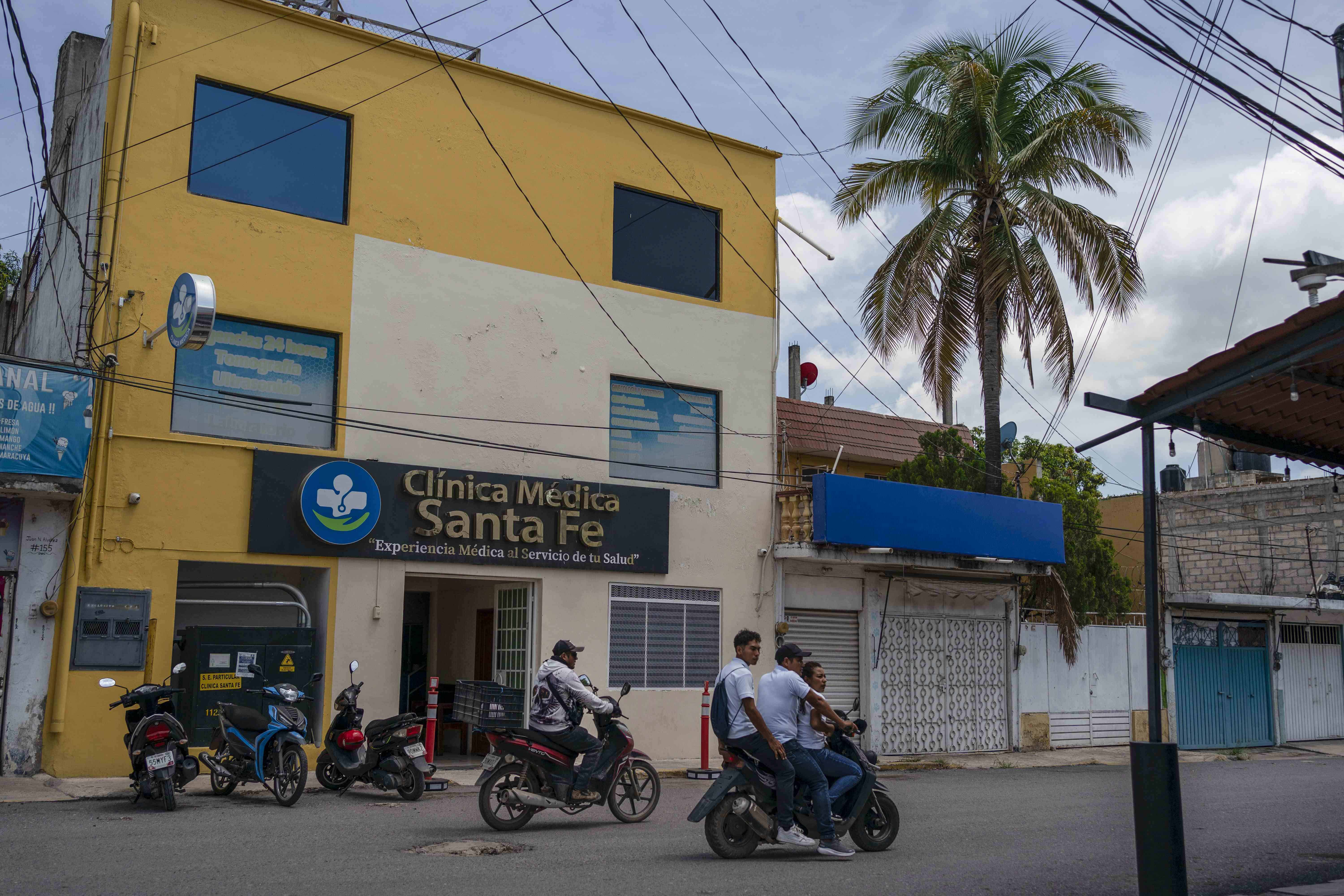
11:00 pm
After touring the center, they locate three more buses. shot. There are some of them companionscrying. Others had been taken by the police“They couldn’t understand what was happening.”
Martinez He gets into one of the buses. “There were pools of blood, shirts, seats with bullet holes, it looked very ugly. We were expecting an authority but nobody arrived“.
Queen the confusionThey don’t know how many detainees there are, nor where many of their companions. News of new shootings arrives in another part of the city, where three people with no relation to the incidents die. students.
They want guard the place “so that they wouldn’t take the buses or the shells” and that there is evidence. They decide to call journalists Locals.
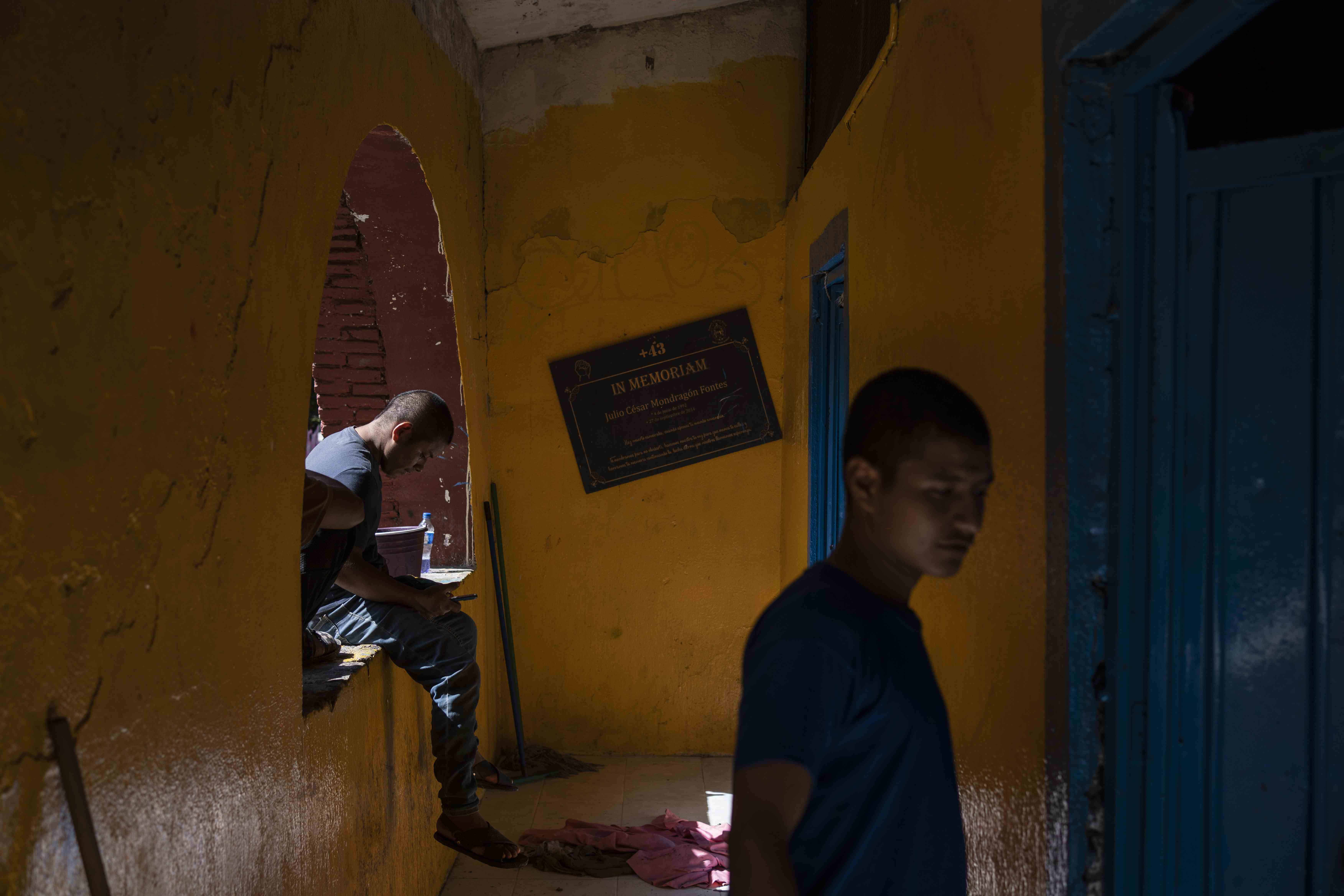
12:30 am on September 27th
While speaking to the press, Martinez He separates from the group to take a photo at the place where a student was hit in the headHe had been taken to the hospital before he arrived, thinking he was dead, but he survived. He remained in a coma.
A red pickup truck approaches slowly. “When I took the photo of the pool of blood and turned around… some individuals dressed in black got out, one of them knelt down, first he fired a burst into the air and then they started shooting” at me. students and journalists that disperse in the middle of the panic.
“I was in shock, a reporter bumped into me, we fell to the ground.” Martinez He hides behind a wheel. “Run.” A young man flees only in the opposite direction to the others.
When they cease shotscries out for one ambulance for a wounded in the jaw. “Blood was running down him.” Nobody comes so they carry him and a women He tells them that there is a hospital nearby: “Go in there… they are going to kill you.”
In place, there are two left students dead although they still they haven’t realized.
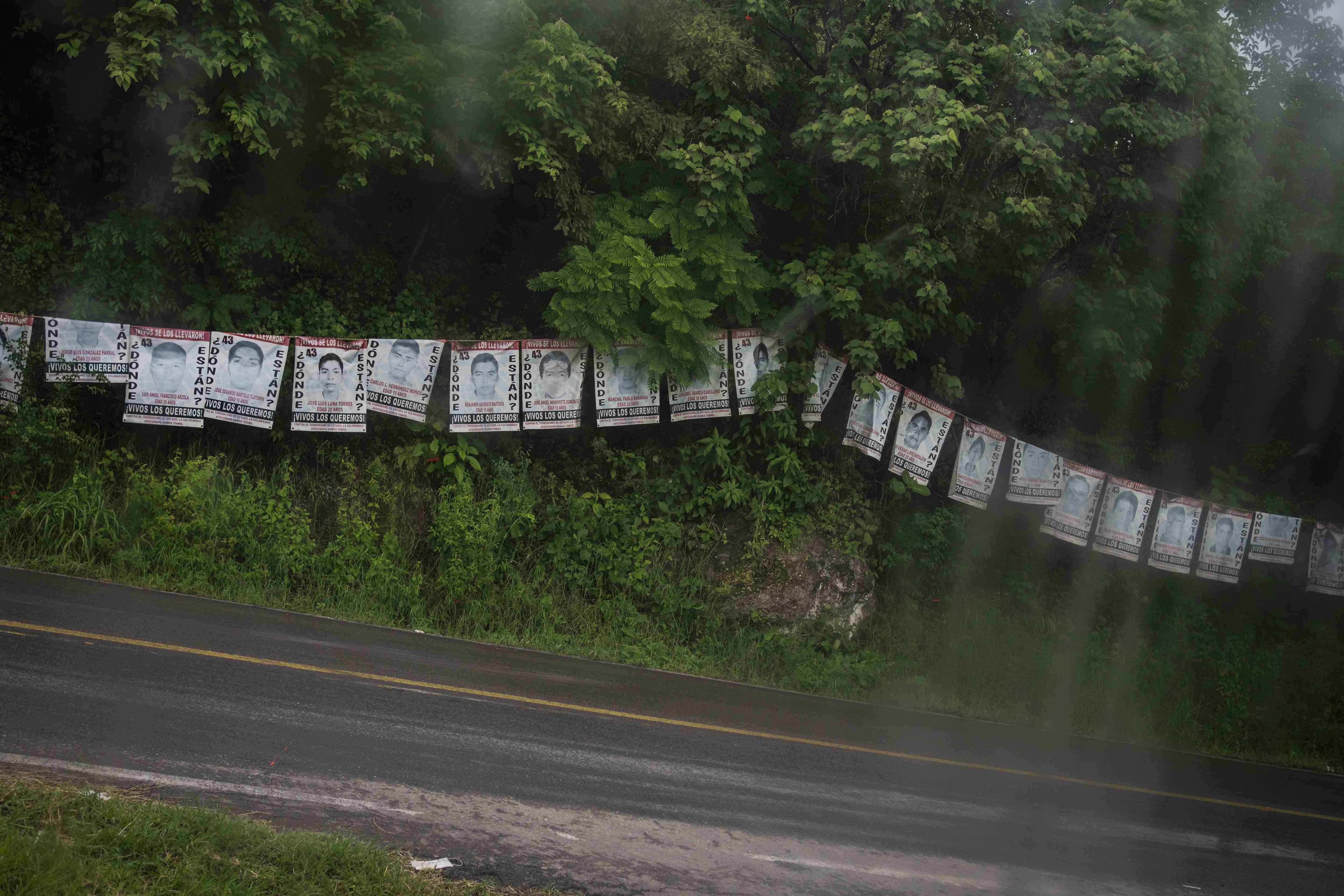
01:00 am
A group of students enter the clinic, although the Nurses They didn’t want to, they feel at wounded and turn off the lights.
Martinez and another companion climb up to the rooftop to see if they are being followed. He calls his father to say goodbye “in case he doesn’t come back.”
Two army trucks arrive. The companion Martinez wants to jump from the rooftop seeing the people come in soldiers.
Martinez He stops him and tells him that the worst thing that can happen to them is that they are taken to the barracks. His friend, originally from Iguala, contradicts him. He tells him that military, drug dealers and the police “are the same” and that they are going to kill them.
The military regroup all the students at the bottom and they are forced to put the cell phones on the table. If they ring, they must put the speaker on and respond that they are fine without saying where.
The military receive a callThey take out a notebook. They are told that the police for them and to “write down their real name because, if not, they will never be found.”
Martinez enters into panic.
01:15 am
The army leaves before the arrival police and everyone runs away. Martinez and others companions convince a taxi driver that leads to the wounded to the Hospital General and then they run until someone from a home nearby opens a door for them. There are about 30 students hidden there.
“I got into a deposit of water and a laundry room. I found a rosary of wood and I put it on.”
A women is carried out Martinez and another five to a second home. Nobody sleeps.
05:00 am
The students They begin to arrive at the Palace of Justice to be taken statementA group goes out to look for those who are missing. There is no trace of them.
To many cell phones A photograph arrives: that of corpse Julio César Mondragón, the young man who had fled in the opposite direction after the press conference. His face was torn off.
09:00 am
TO Martinez They send him to Hospital General to take care of the sickHe hasn’t moved for four days, sleeping on a piece of cardboard, terrified because a patrol was “protecting” him. No one is aware of what has happened.
The night of terror had finished. “The history of terror was about to begin,” he says 10 years later.

